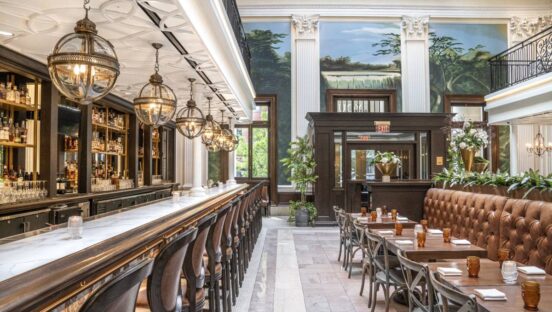
Walk-On's
Walk-On’s New Prototype Paves the Way for Growth
Feature

Walk-On's
Share:
The 'Bulldog' was in development before the pandemic.
Subscribe to FS Insider
Get daily updates on quick-serve industry news, tips, and events.
"*" indicates required fields








